NHS Wales waiting times: Ambulance response second worst ever
- Published
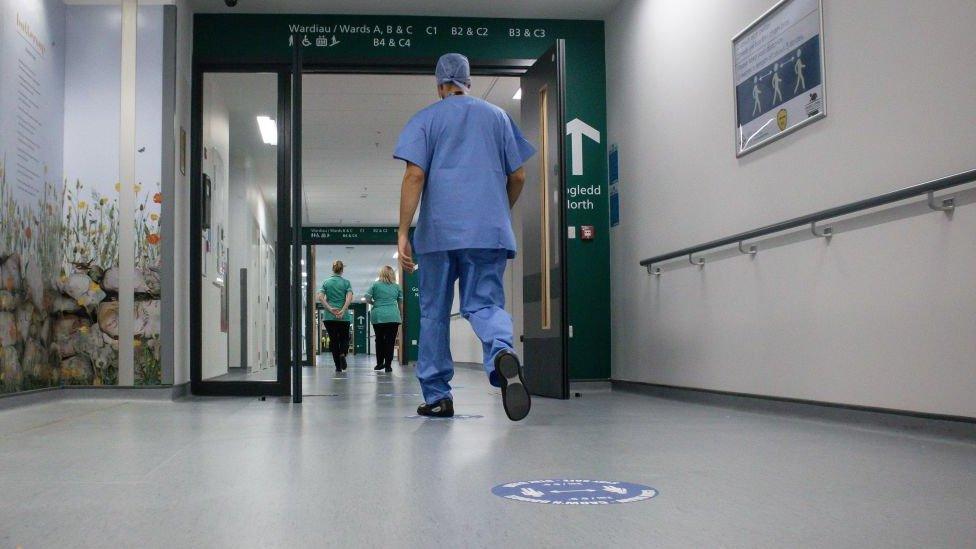
There are still 37,594 patient pathways with waits of more than two years
Waiting times for hospital treatment are continuing to improve in Wales.
There was also an improvement in performance on the main cancer target, which had been the worst on record.
But ambulance response times were the second worst on record and there was a worsening in waiting times in emergency departments.
The health minister said she was pleased that "some headway" had been made into hospital treatment waiting times.
Eluned Morgan said she expected to see positive trends continue on the longest waits, but Conservative opponents said the number waiting more than two years - still more than 37,500 - was "inhuman".
On ambulance targets, Ms Morgan added: "Response times for the most urgent calls continue to be a major challenge and we expect to see improvements in ambulance patient handover in the coming months to enable better performance."

The number of people waiting for hospital treatment, after referral, fell for a fifth month in a row.
There were still 731,012 "patient pathways" on the list - this is about 573,900 actual patients, when those who are on more than one waiting list are counted.
Those waiting more than a year or two years for treatment also continued to fall.
Those waiting more than a year fell by nearly 5,700 to 146,776 - the lowest number for two years.
There are still 37,594 patients waiting more than two years.
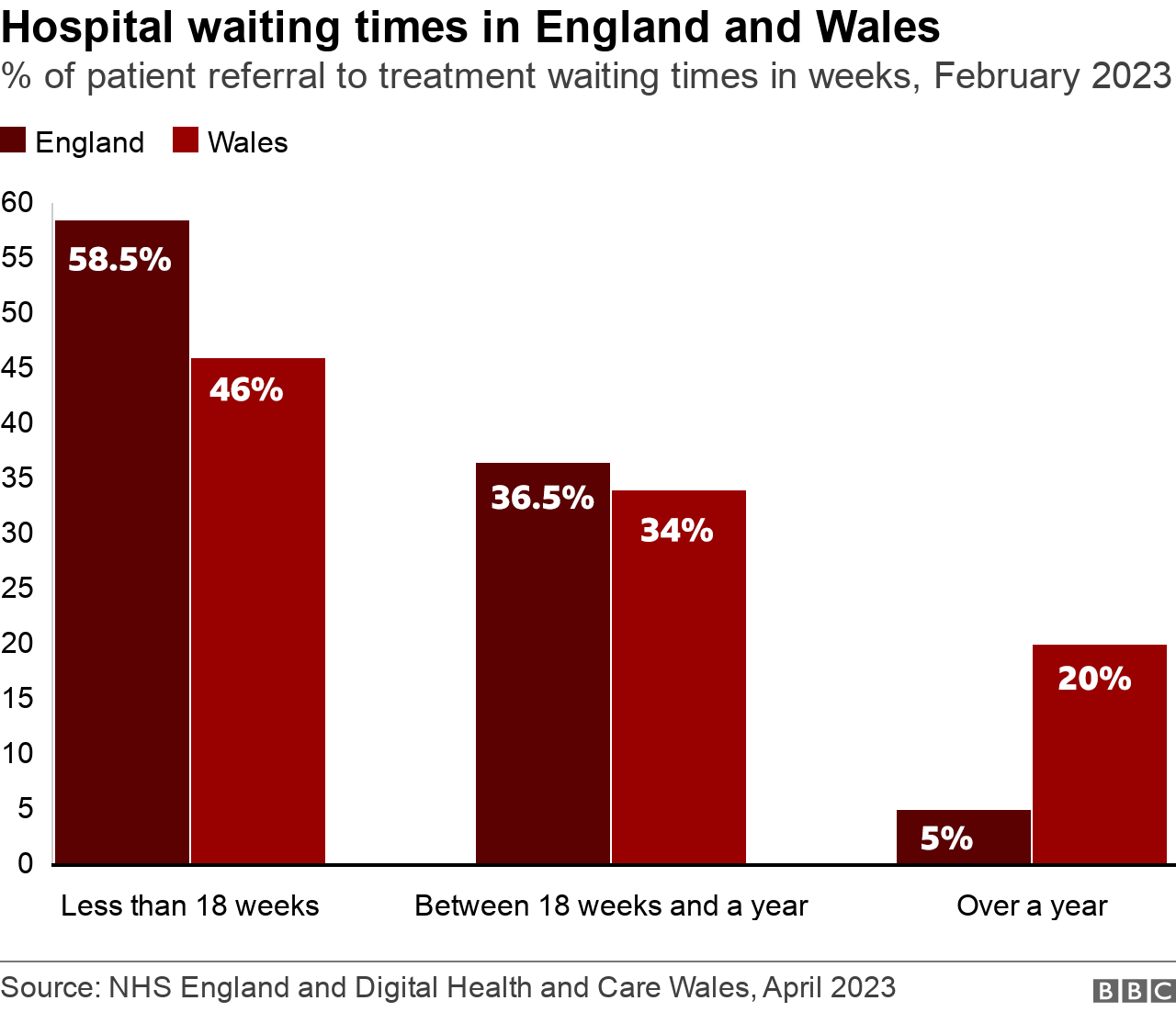
There are also still higher proportions of long waits compared to England, where just over 5% of patients are waiting more than a year, compared to 20.1% in Wales.
There are also hardly any patients waiting two years in England, while people waiting that long still make up 5.1% of the waiting list in Wales.

The key post-pandemic NHS Wales recovery target - that no-one should wait more than a year for an outpatient appointment - continues to be missed, although in-roads have been made on the list for a sixth month in a row.
There were still 63,027 patients waiting more than a year, a monthly drop of 4,588.

Ambulance response times were the second worst on record with only 47.5% of immediately life-threatening "red" calls attended to within eight minutes in March, and a failure to meet the 65% target for the 32nd month in a row.
The average response time to "red" calls was eight minutes 24 seconds - 30 seconds slower than the previous month and 34 seconds slower than the same month in 2022.

There was a big rise too in handover delays over the month. There were 28,060 "lost" hours by ambulances spending time outside major A&E units, unable to drop off patients beyond the 15 minute target - up 51% on the month before.
Both Swansea Bay and Aneurin Bevan health boards saw more handover delays in March than the winter peak across the rest of Wales in December.
Lee Brooks, executive director of operations at the Welsh Ambulance Service, said: "Despite our best effort, performance is still not where it should be and we're sorry to all those patients who have had a poor experience in recent weeks and months.
"It is disheartening to see progress made during January and February dip in March."
Numbers stuck in hospital despite being well enough to be discharged had dropped below 1,000, with around 865 patients waiting for a care package or support to be arranged.

A&E waiting times have worsened slightly over the month.
Against the four-hour target, 69.5% of people were admitted, transferred or discharged within that time frame.
The median waiting time was two hours and 41 minutes - four minutes slower than the previous month.
Meanwhile, 10,045 people spent 12 hours or more in A&E before being seen - no-one should wait that long under current targets. This is a first monthly increase after improvements following record numbers waiting that long in December.
When we look at major emergency units only, Wales has performed better than A&E units in England for seven months in succession, with 59.9% of patients seen within four hours, compared to 56.8% in England.
But Dr Suresh Pillai, vice president of the Royal College of Emergency Medicine Wales, said the true scale of the longest A&E waits was being hidden in the data, masked by exclusions classified as breach exemptions.
"We can only tackle the crisis at its root and eliminate the delays to care and overcrowding when we can see the full picture with no exceptions," he said.
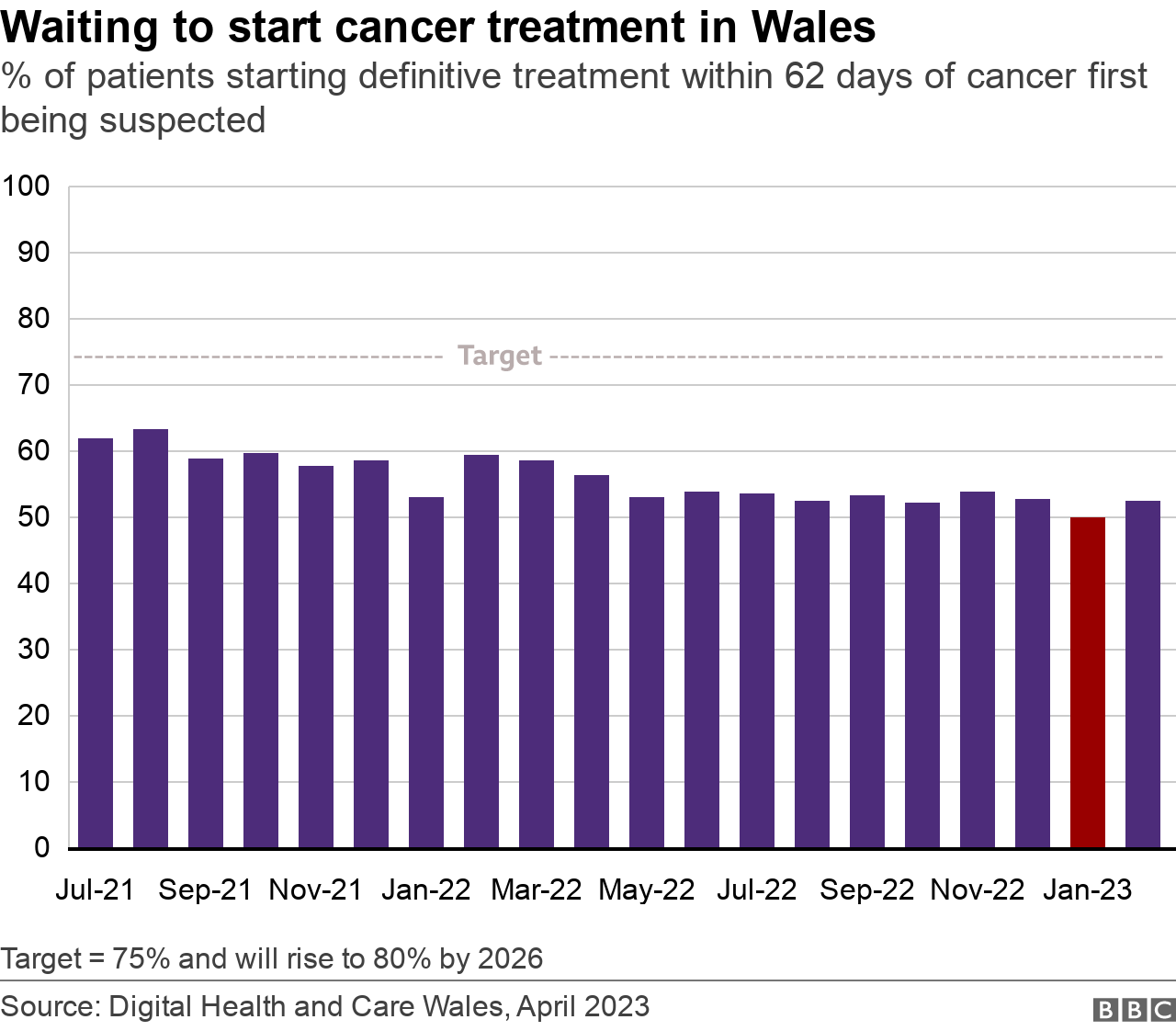
Cancer performance figures improved after the previous month had been the worst month since the new target was introduced.
Only 52.5% of people started their first treatment in February within 62 days of cancer being first suspected.
That was as low as 41.1% in Cwm Taf Morgannwg health board.
Macmillan Cancer Support in Wales said it welcomed any signs of improvement but the 75% target had never been met and there had been a "consistent downward trend in recent years".
What has been the response?
Conservative health spokesman Russell George said there had been little progress and the people of Wales deserved better "than a 50-50 chance of an ambulance arriving on time".
He added: "Despite the fact that inhuman two year waits for treatment waits have been virtually eliminated elsewhere in Britain, there are tens of thousands of people waiting far too long in Wales.
"In fact, based on latest data, Wales still has more people waiting over two years for treatment than the entirety of England have waiting for 18 months."
Plaid Cymru's health spokesman Rhun ap Iorwerth said the Welsh government had showed a "continued inability to get on top of unacceptable waiting times".
He added that it raised "serious questions about Labour's credibility in terms of running the health service".
The NHS Confederation in Wales, which represents health boards, said emergency care figures had suffered in part due to a further increase in demand "on already over-stretched services".
It said significant issues from social care underfunding to increasing recruitment problems meant an "open and honest conversation with the public about what the future looks like" was needed.
Welsh Liberal Democrat Leader Jane Dodds called for an emergency plan to deal with the social care crisis.
"People are dying now while waiting for an ambulance or in A&E because hospitals aren't able to discharge patients into social care," she said.

Enter a postcode to find out what is happening in your area with A&E, ambulances and hospital waiting lists across the UK.
- Published23 March 2023
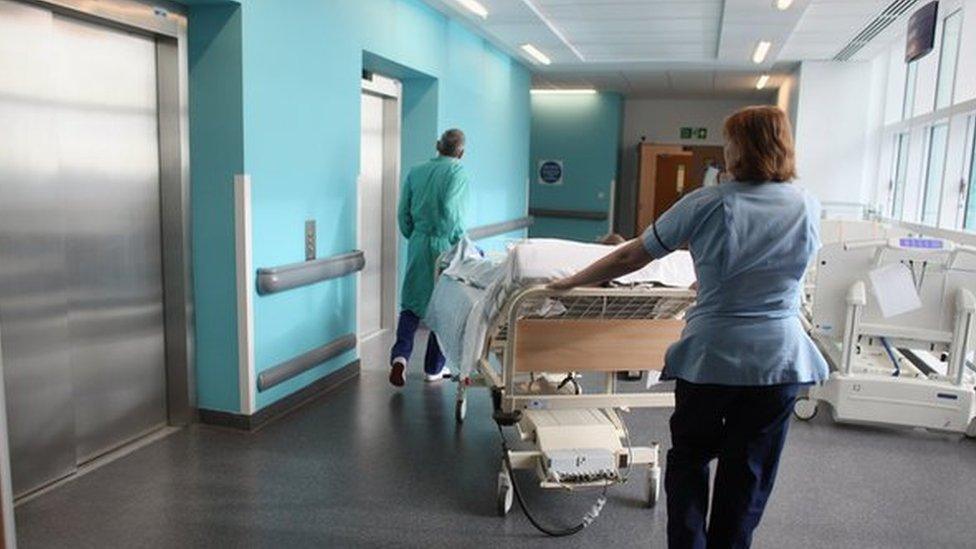
- Published23 February 2023

- Published14 March 2024
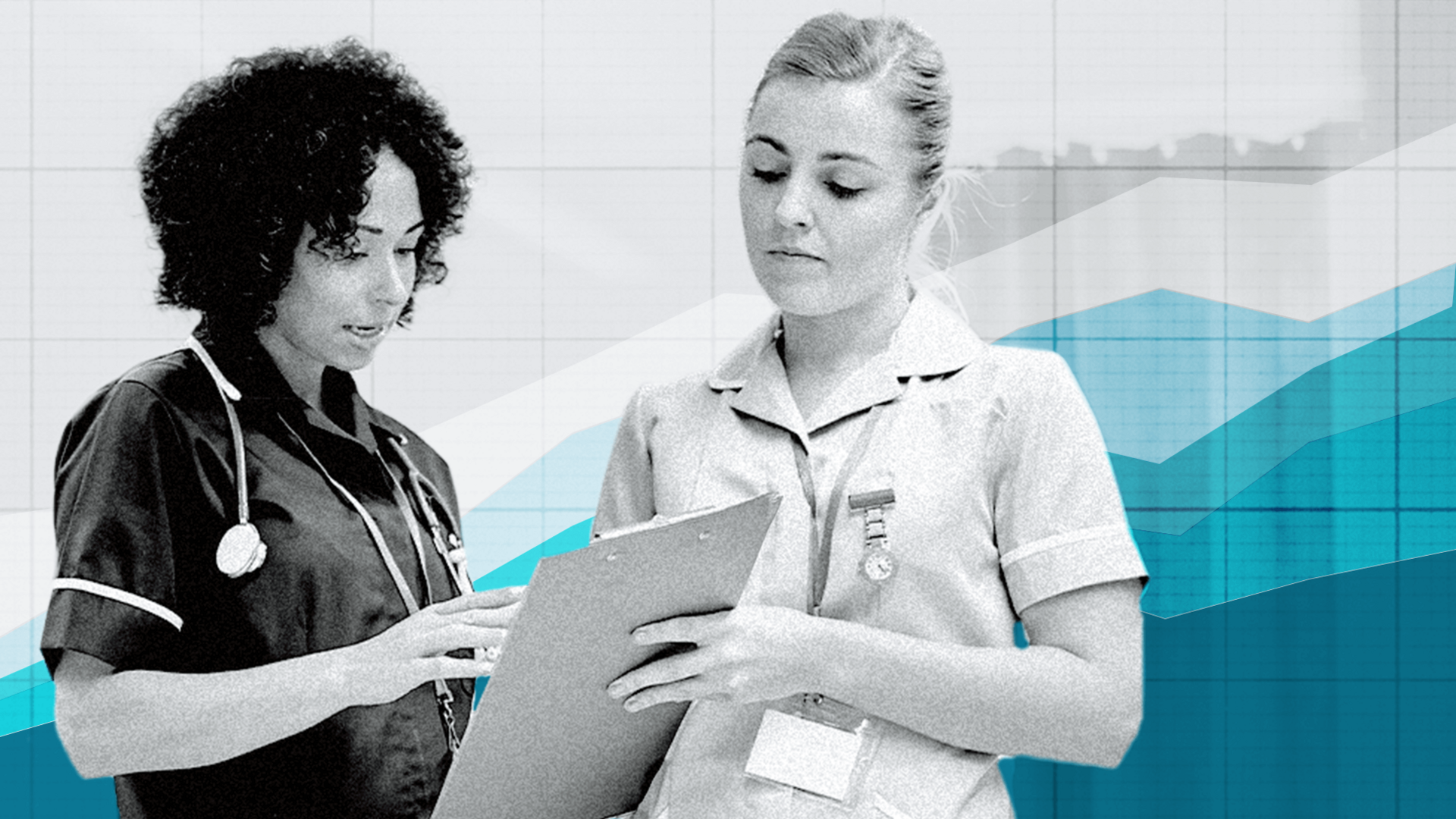
- Published8 February 2023

- Published22 December 2022

- Published20 October 2022
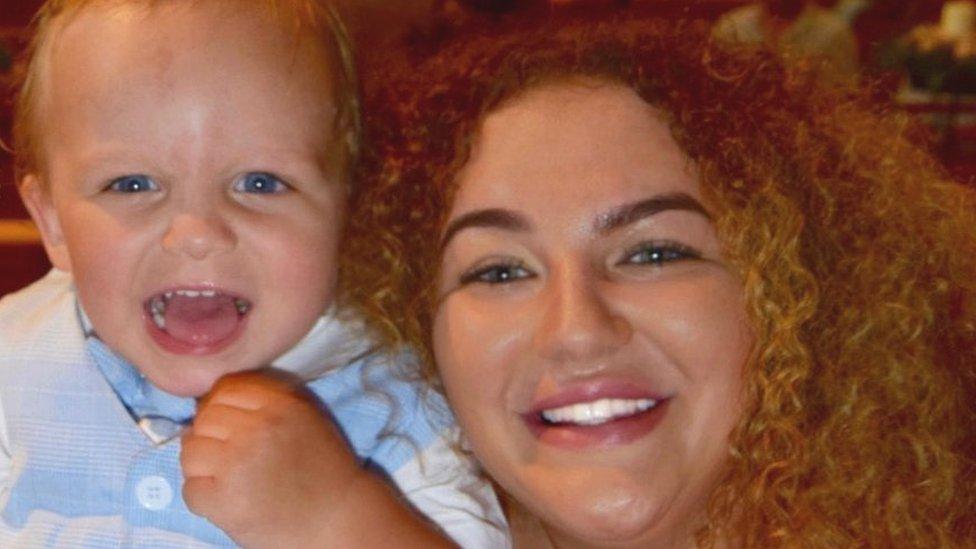
- Published22 September 2022

- Published18 August 2022
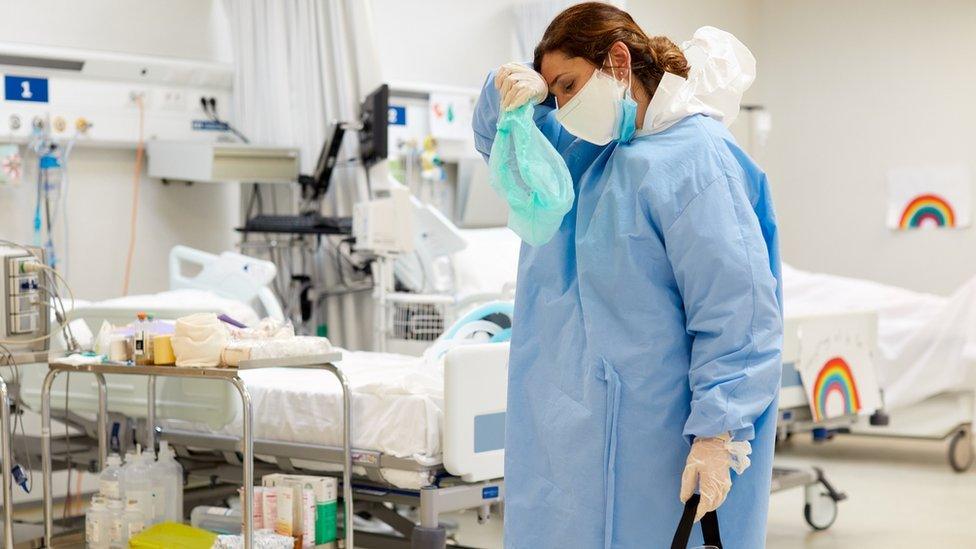
- Published20 April 2022
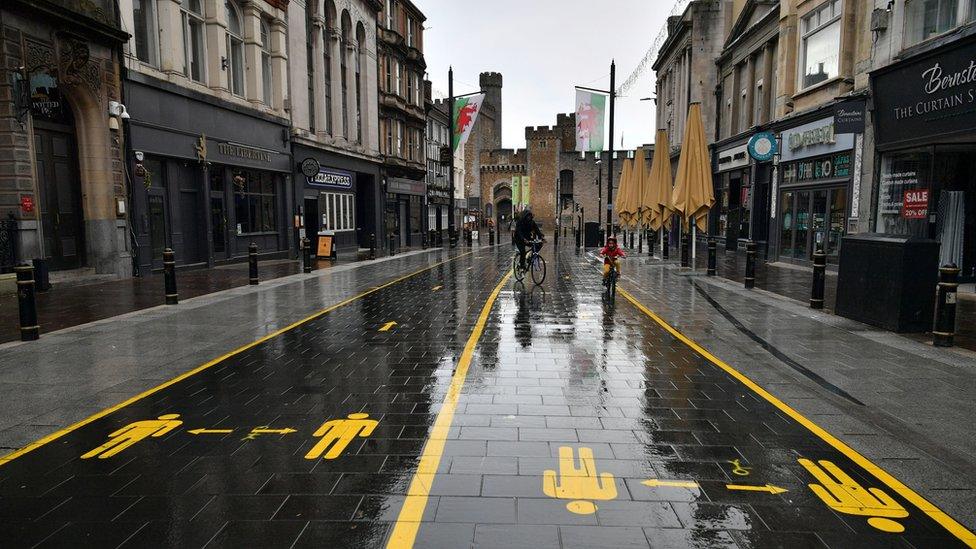
- Published24 March 2022
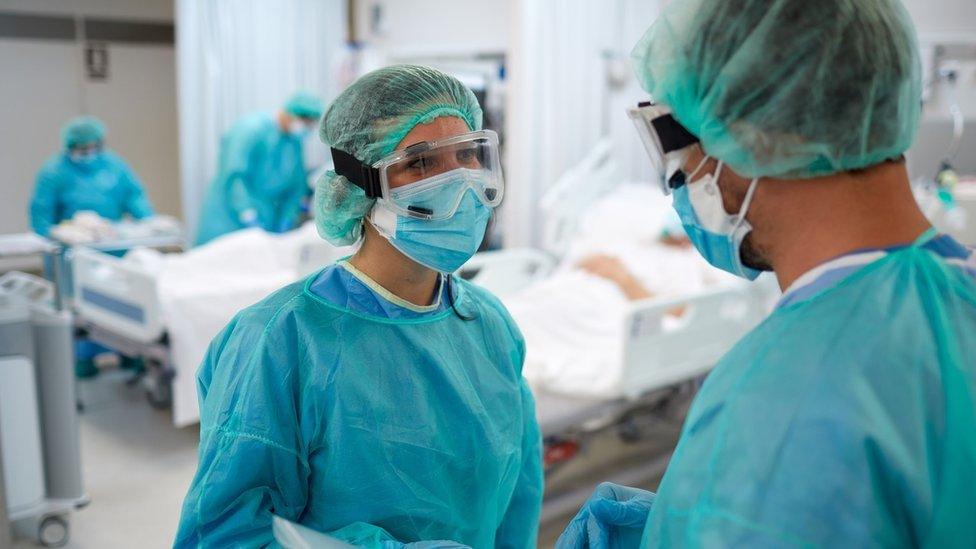
- Published17 February 2022

- Published31 March 2022

